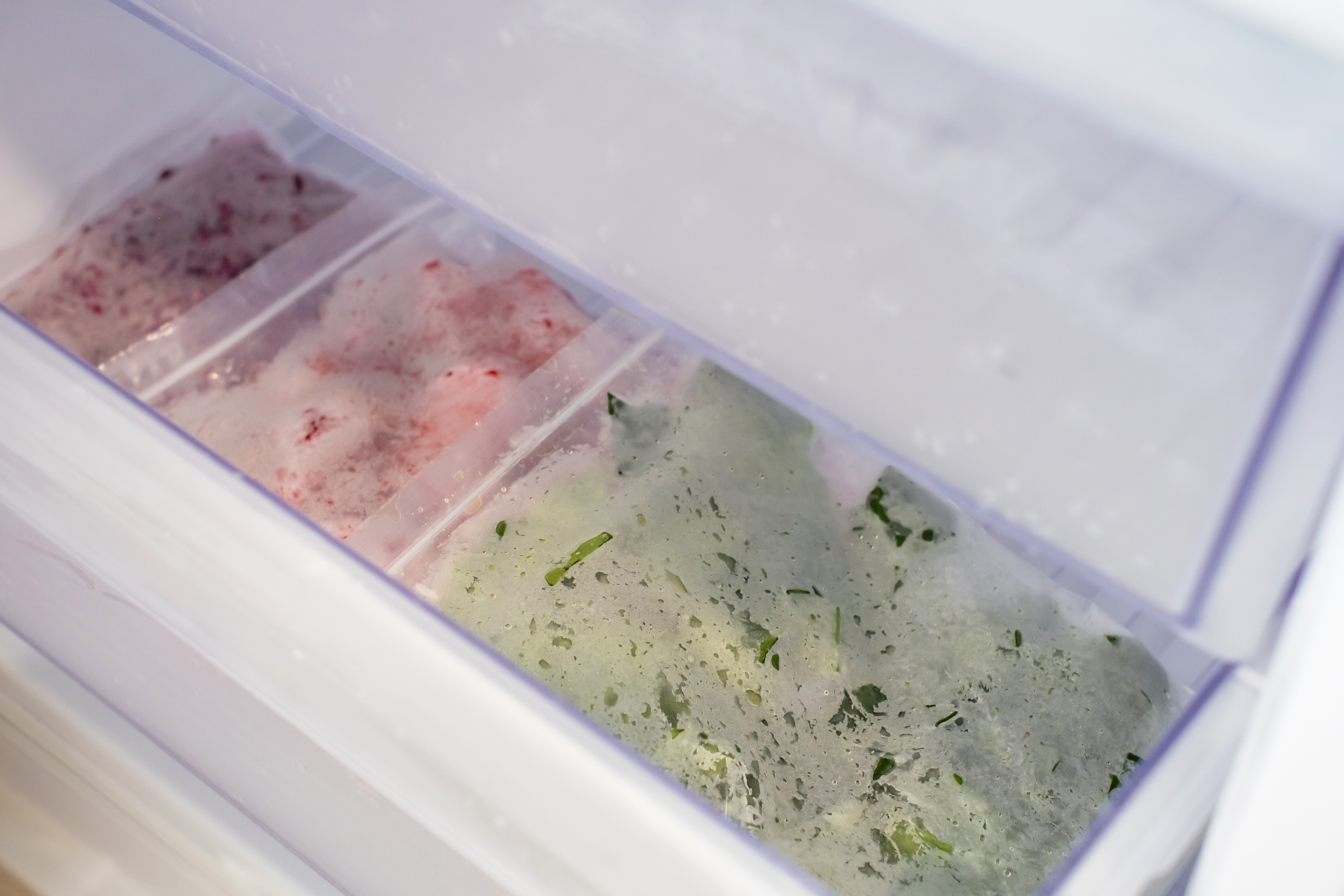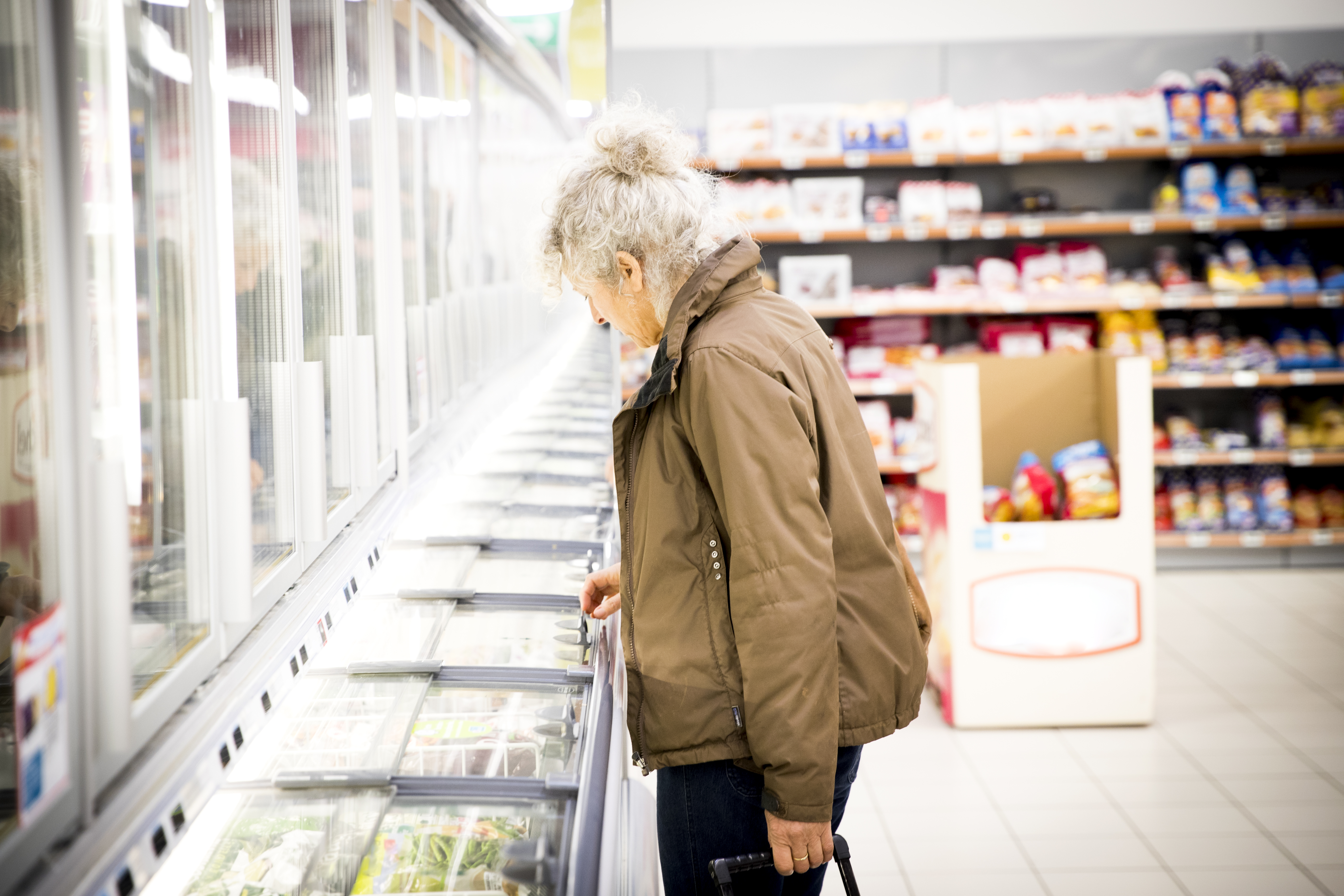10 Foods You Should NEVER Freeze (and 6 Surprising Ones You CAN!)
13. Thawing Techniques: Bringing Frozen Foods Back to Life

Thawing is a crucial step in the freezing process, and doing it correctly can make all the difference in preserving food quality. Slow thawing in the refrigerator is the safest method, allowing food to defrost evenly and minimizing the risk of bacterial growth. For quicker results, submerging sealed packages in cold water or using the microwave's defrost setting can be effective. However, it's important to cook thawed food promptly to ensure safety. By mastering thawing techniques, you can bring your frozen foods back to life with their flavor and texture intact.
14. The Environmental Impact: Freezing as a Sustainable Practice

Freezing food is not only a practical kitchen strategy but also a sustainable one. By extending the shelf life of perishable items, freezing helps reduce food waste, a significant contributor to environmental harm. Additionally, by preserving seasonal produce and bulk purchases, freezing can decrease the need for frequent grocery trips, reducing carbon emissions. Embracing freezing as part of a sustainable lifestyle can have a positive impact on both the environment and your household's carbon footprint, promoting a more conscientious approach to food consumption.
